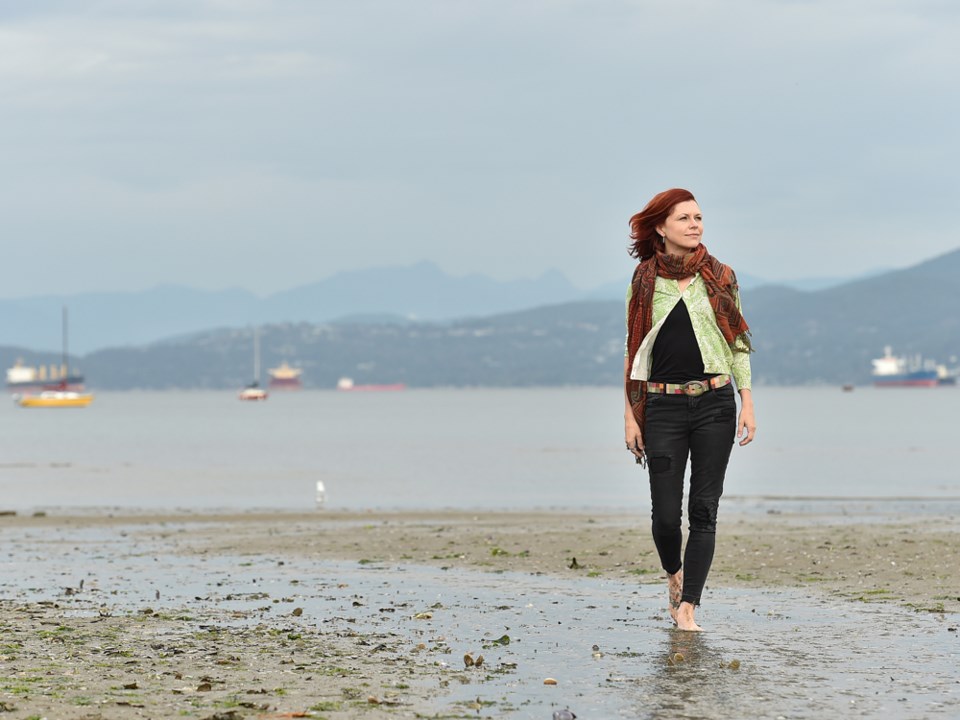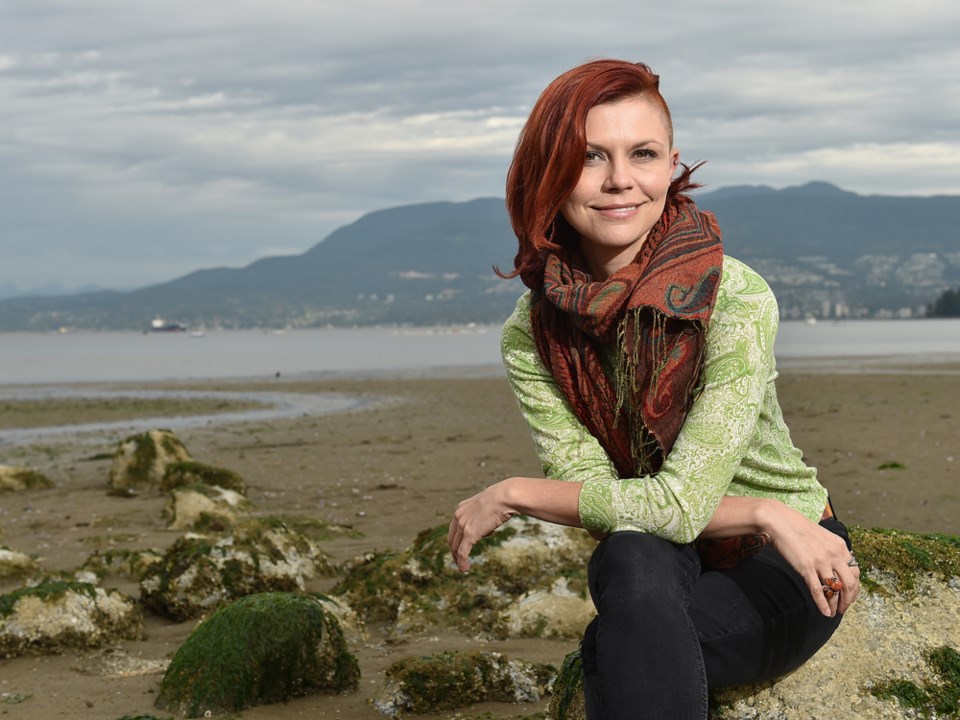It’s not hard for Carin Bondar to turn anything into a science lesson.
And it’s not hard to learn about science when she’s the one doing the teaching.
It’s not just because she often explores the biology of sex — the why and, sometimes more intriguingly, how animals do what they do to procreate.
Bondar has an almost instinctive awareness that if you want to attract an audience in the hopes of passing on your knowledge, you’ve got to put on a bit of a show.
Her Wild Sex YouTube videos have been viewed more than 60 million times. Millions more viewers watch her on Discovery Channel’s Outrageous Acts of Science. (She’s on her 100th episode.) Her Seeker Wild Facebook videos get hundreds of thousands of views each, and when it comes to showing how giraffes do it, more than two million people have been transfixed by her explanation of the mechanics of it all. (It involves drinking pee and the female’s very strong legs.)
There’s also her hosting gig on The World’s Oddest Animal Couples, which is on Netflix.
TEDGlobal was so intrigued, it asked her to share a few insights from her book Wild Sex.
On Sept. 18, Bondar will be the headline speaker at Et Al III: The Ultimate Bar Science Night at the Rio Theatre. A collaboration between Curiosity Collider, Nerd Nite Vancouver and Science Slam Canada, organizers invite everyone to come dressed as their favourite scientist.
She’ll talk about “the great themes of sex and death across the animal kingdom” and take part in The Science Slam which will be “cheeky and silly and fabulous” (and not for children).
Fascinated by the world around her, everything she does becomes an opportunity to learn and discover more about the species with which we share the planet.

We got our own personal science lesson on Kitsilano Beach in Vancouver.
Our photographer wanted to take her picture walking in the low tide of English Bay. On her way to the water’s edge Bondar reaches down to pick up a collection of shells, prompting a little lesson on bivalves. Oh, here’s some sea lettuce. Time to talk about whether it’s safe to eat it.
Just as all of the lifeforms on the beach have had to adapt to the changing tides, Bondar has also had to learn how to bend her will to the forces in life that sometimes push us in directions we aren’t prepared for.
She was in the midst of her PhD program at UBC when her father suddenly died. Her brother was dying from AIDS, and her family needed her help. She dropped out of university — or, as she puts it, “I was yanked out of my academic happy place” — and returned home to Chilliwack to run the family’s four independent movie theatres. It was a job she didn’t want or like, but she found ways to inject a little science into her day by showing short science films before the main feature. (She’s not impressed, by the way, with how science is portrayed in movies. “As a scientist, it made me more aware of how much of a struggle it is to squoosh science into our greater awareness.”)
She also fell in love, married and started having children. But no matter how busy she was, she always felt the tug back to her studies. Thanks to this newfound thing called the internet, she found a way to juggle it all. Her oldest son was two and she was eight and a half months pregnant when she defended her PhD dissertation.
Her PhD supervisor was a bit disappointed with her graduation plans: writing a science blog. But, for her, it was a way she could fulfill family and business responsibilities while carving out a career in relatively unexplored territory.
Slowly but surely, her posts drew attention; one of the first fans of her work was Scientific American, which sparked the interest of others. If she was invited to speak somewhere, be part of something scientific, she’d do it. “I was so thrilled I’d find the time to make it happen. Even though the money isn’t huge, I insisted that I had the time to do it.”
Her big break came in 2012, a year after she sold the movie theatres, when Earth Touch flew her to South Africa to write and narrate Wild Sex, a show about the evolutionary biology of sex. They shot 20 episodes in nine days.
Granted she found a subject that profoundly interests people, but her main goal is to educate.
“I take it very seriously to make science fun and interesting,” she says. Just as she groans at the way science is depicted in all those movies she watched when she was a theatre owner, she is fighting against a culture that is losing its ability to think critically.
“Think. Think. That’s what our phones have allowed us not to do,” she says.
And thinking is what her videos make you do with all of their illustrative ah-ha (and he-he) moments. No matter how entertaining her methods, she really is getting your brain to move past its pre-programmed responses to all the things that make, in the immortal words of Cole Porter, even educated fleas do it.
More recently, her energy has moved on to what happens when those evolutionary impetuses achieve their goal: motherhood.
It’s a subject in which she’s well versed. Her children are now 13, 11, eight and “almost seven.” The first three were planned, but the youngest was a bit of a surprise, the expert on how sex works sheepishly admits.
“I think ultimately what motherhood is is a total expansion of our repertoire. We become multi-taskers to a degree that’s unprecedented elsewhere,” says the author of Wild Moms. “I love to embrace the superpowers that come with it.”



